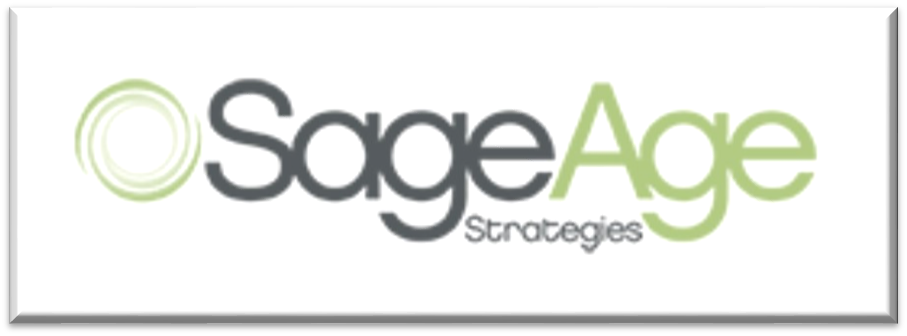The growing importance of blogging and why senior living communities need to take it more seriously.
By Susan Saldibar
Have you ever visited a website and noticed that their last blog was posted months ago? I don’t know about you, but the first thing I wonder is: What happened? Are they downsizing? Did they run out of topics? Anyway you look at it, it reflects poorly on the organization, making them look disorganized and careless.
And here’s something that’s just as bad: Blogs that aren’t even blogs. They may start with a few sentences introducing an important topic, then quickly segue into a promotional feature dump (why our community is better than the others) and a “tour now” call to action. What a waste of a powerful lead generation source!
Blogging means business. Treat it with respect.
I recently spoke with Debra Gawet, Social and Digital Content Strategist for Sage Age Strategies (a Senior Housing Forum partner) about the growing importance of blogging and why senior living communities need to take it more seriously.
For starters, she shared some eye-opening stats:
-
77% of Internet users read blogs.
-
Internet users in the US spend 3 times more time reading blogs than email.
-
Roughly 7 out of 10 marketers that use social media publish blogs as part of their customer engagement strategy.
-
Websites with blogs have 434% more indexed pages.
-
82% of consumers say they enjoy reading relevant content from brands.
(Statistics courtesy of Website Builder and Tech Client)
First of all, make sure you have a blog. Then, make sure it connects to something.
“Many communities think it’s enough to have a Facebook page or website, and never take it to the next level to add the blog section,” Debra tells me. “That’s a big mistake because blogs work on so many levels to build trust, engage prospects and position the community as a thought leader,” she adds.
For those communities that do have blogs, Debra noted some of the common mistakes she sees, such as inconsistent blogging, not including links to other articles or sections of the website, and links that are broken (another real turn-off!). Finally, she sees some communities not fully integrating their blogs with their digital marketing and advertising programs. In other words, they just sort of “sit” out there, waiting for someone to find them.
Half-baked blogging content won’t get results. Remember who you’re blogging to!
So, assuming communities can get the operational part working correctly, what can they do to build trust and engagement through their blogs? Here is what Sage Age recommends to their blogging clients:
-
Cover topics that really matter to your audience. Sage Age suggests that you ask yourself: What are they thinking? What are they feeling? Assuming that you know your target prospect, the answers to these questions will guide your blogs in the right direction.
-
Educate your audience. How can you share your expertise in the form of providing information to answer questions and help residents and their families better understand key issues? Sage Age recommends that you focus on a challenge they face and provide professional insight to help them deal with it more successfully.
-
Inform readers of your ability to help solve their issues. Finally, after you’ve provided solid information and tips, you should position your community as part of the solution to their issues. There is a right way and a wrong way to do this. Positioning your community in a favorable light doesn’t have to be pushy. Find ways to weave your solutions into the narrative in a positive, professional way.
And, yes, great blogs can help fill your pipeline.
Follow these tips carefully and you will gradually move from being “just another community” to being a valuable resource for your target audience. And along with the trust you build, and the boost from integrating your blogs with your digital marketing efforts should come leads. As Sage Age points out in a recent article about blogging, “…blogging can make a measurable difference in your senior living community’s ability to engage, inform and attract prospective customers. In other words, ‘Lead Gen!’”
For more details on the right way to blog and tips on how to make your blogs work harder for your community, read the full article. It may be just what you need to kick your blogs into high gear.
For more information you can visit their website.
Click on the button below to download a PDF copy of this article:










